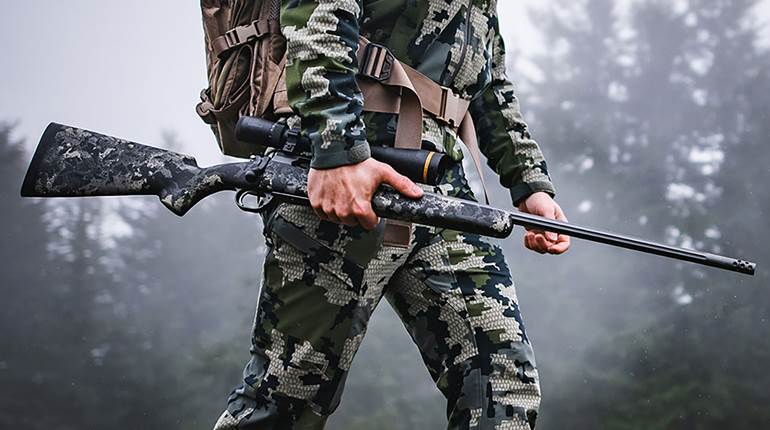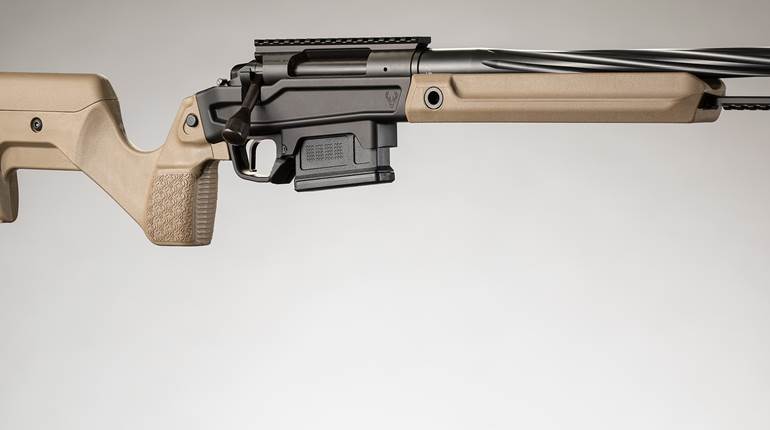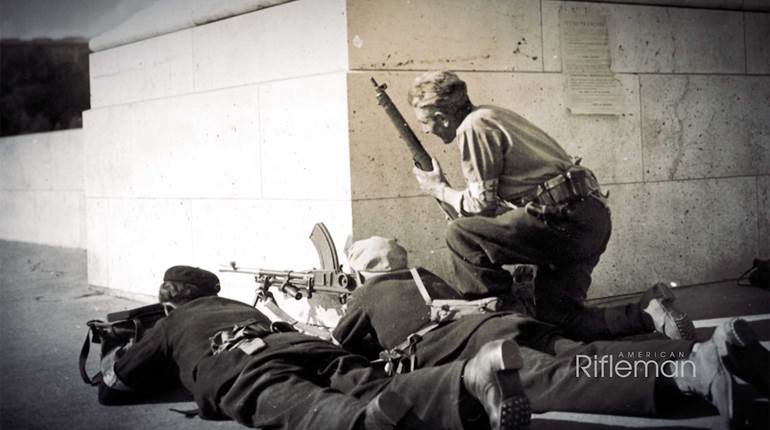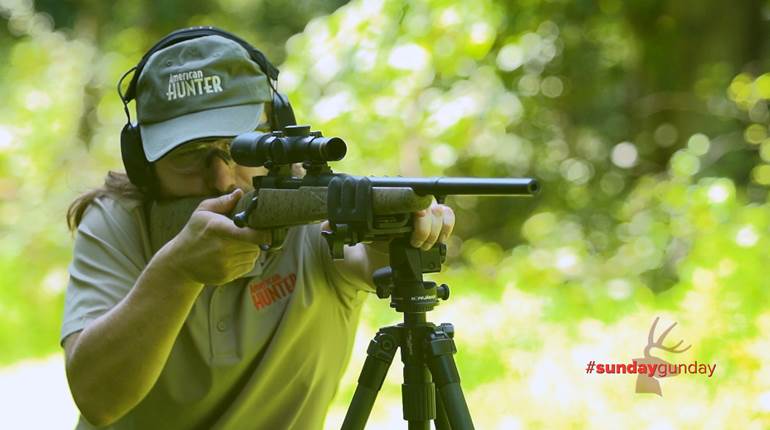By the final year of World War I, new weapons and tactics had changed the nature of ground combat, making 1918 look quite a bit different than 1914 had. In response to these changes, Imperial Germany developed a specially trained force of assault troops known as Stoßtruppen and even gave them the perfect weapon for trench raiding, the MP-18 submachine gun.

Despite this shifting paradigm of technology and tactics, and even as the MP-18 began to enter service, the backbone of German infantry firepower remained Paul Mauser’s Gewehr 1898. The origins of this weapon go all the way back to Mauser’s first model in 1871 and the design evolved quickly during the next 25 years. In April 1898, the German government’s Gewehr-Prüfungskommission (G.P.K. or “Rifle Testing Commission”) replaced its obsolescent Model 1888 Commission Rifle with an improved design that Paul Mauser patented in September 1895.
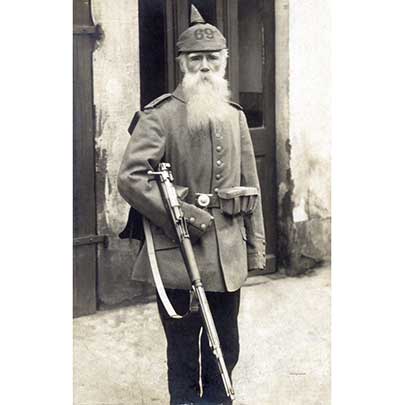
This new Mauser chambered the 7.92×57 mm (or 8 mm Mauser) cartridge and employed a clip-fed internal, staggered-row box magazine with a five-shot capacity. The design incorporated a cock-on-open bolt and a long claw-type extractor renowned for being strong and reliable. The Gew 98’s bolt was designed to engage the receiver with two forward locking lugs as well as a third “safety lug” that was intended to provide added support in the event of a ruptured cartridge case.
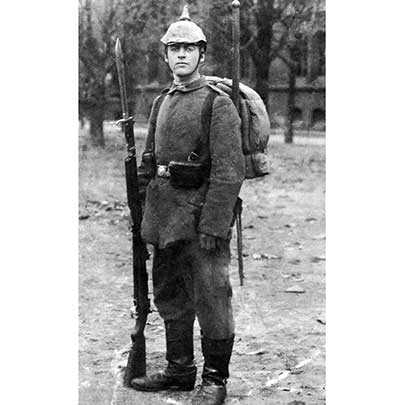
In addition to that, two gas-escape holes on the bottom of the bolt and a gas shield at the cocking piece made this Mauser the safest rifle action in service anywhere. For the first five years, the Gew 98 was paired with a 226 gr. 0.318” round-nosed bullet, but then in 1903 a 154-gr. 0.323" Spitzgeschoss pointed projectile replaced it. The Gew 98’s 29.1” barrel was capable of accelerating that lighter spitzer bullet to 2,881 f.p.s., a significantly higher muzzle velocity than the old round-nosed bullet could achieve.

The change to the flatter trajectory bullet also brought-on a change to the rifle’s adjustable rear sight. From the start, the 98 Mauser used the visually distinctive Lange Visier “roller coaster” rear sight with graduations from 200 to 2,000 meters. With the change to a spitzer bullet, the 200 meter sight setting was actually more like 400 meters, and that introduced an engineering challenge that had to be addressed.
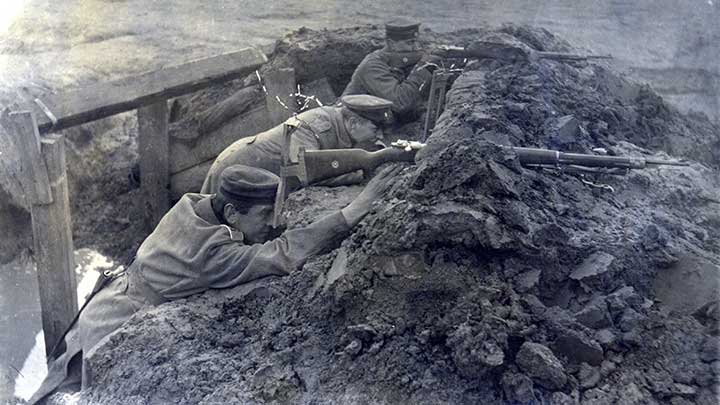
Introduction of a shorter Lange Visier “roller coaster” and reduction of the height of the front-sight blade provided a solution that would carry the Mauser through to the Armistice of 1918. A scant-grip wooden stock, extended bayonet lug and a threaded half-length cleaning rod finished out the 49.2” long rifle. For its day, the Gew 98 was a strong and reliable infantry weapon that is remembered today as the ultimate military bolt-action rifle.
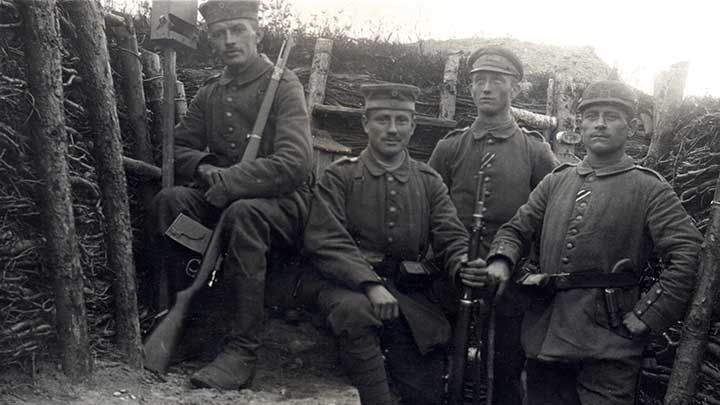
Weighing in right at 9 lbs., the Gew 98 was used in combat for the first time during the Boxer Rebellion in 1900. Then, when Europe descended into war 14 years later, it still ranked as one of the finest designs in the world. The experience of combat during the opening years of World War I only reinforced that fine reputation as it fought from Tannenburg to Gallipoli, where it was put to good use by Turkish troops.
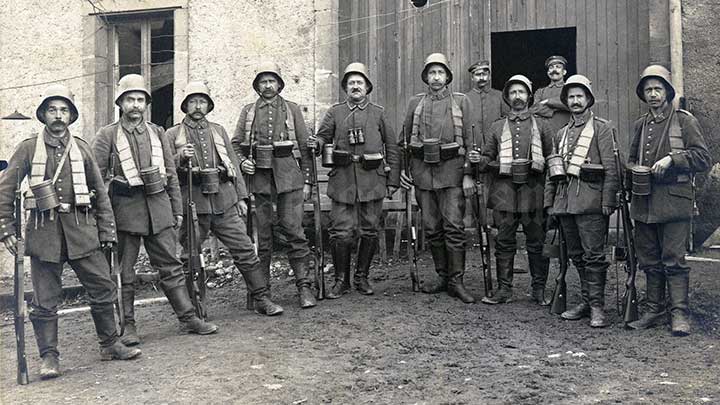
On the Western Front, it proved itself from Mons to Verdun, but as the war changed, so did the Gew 98. To prevent the mud of the trench environment from fouling the action, the Generalquartiermeister began issuing a sheet-metal dust cover and then to increase the volume of fire that riflemen were capable of producing, an extended 25-round Grabenmagazin (trench magazine) was also introduced.

The Germans even developed a detachable monocular; the 2.5x Carl Zeiss Glasvisier 16 bifocal scope that attaches to the rear sight of the Gew 98 for low-light operations. The scope superimposed a pyramidal aiming point attached to the front sight over the target, thereby improving sight picture. However, these accessories did not fundamentally alter what is considered by many to be the best bolt-action rifle ever made.


